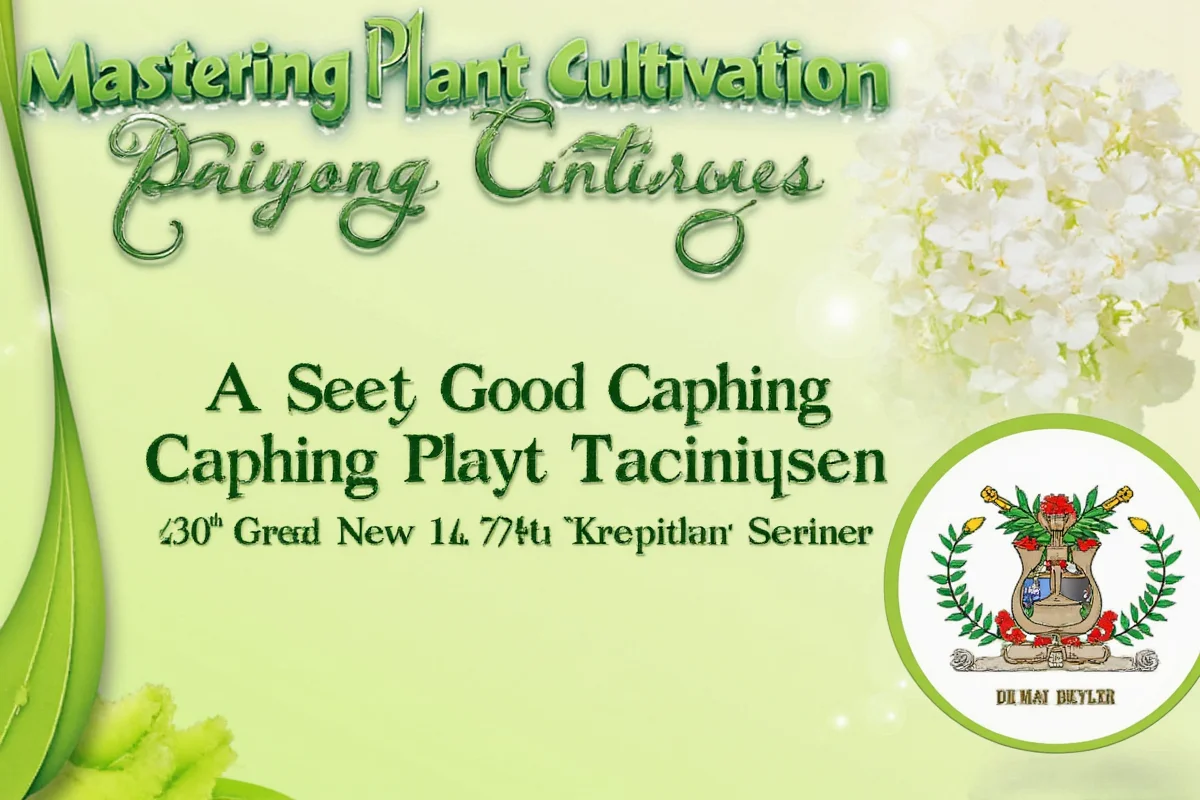Succulents are beloved for their unique appearances and minimal care requirements. To thrive, however, they need the perfect soil mix, especially when grown in pots. In this article, we'll delve into the components of the ideal succulent soil, explain the importance of drainage, explore additives, and offer tips on maintaining your potting mix. By understanding these elements, you can ensure your succulents remain healthy and vibrant.
The Importance of Drainage in Succulent Soil
Succulents are known for their ability to store water in their leaves, stems, and roots. This unique characteristic means they prefer dry conditions and can suffer in overly moist environments. Proper drainage is the pivotal factor in creating the perfect soil for succulents in pots.- Excess water must be able to escape the pot quickly to prevent root rot.
- Good drainage removes the risk of suffocating the roots with too much moisture.
- Ensure your pots have drainage holes at the bottom and use a layer of gravel or stones at the base if necessary.
Essential Components of Succulent Soil
Creating the perfect soil mix for succulents involves understanding the ideal components that provide both stability and drainage. The typical succulent soil mix includes three basic ingredients:- Sand: Allows water to flow through quickly.
- Pumice or Perlite: Aids in aeration and prevents soil compaction.
- Potting Soil: Provides essential nutrients.
Soil Additives for Enhanced Growth
Beyond the basic components, additives can further enhance succulent growth, ensuring your plants get the best environment possible.- Coarse Sand: Boosts drainage and aeration.
- Pine Bark: Adds organic matter that decomposes slowly.
- Charcoal: Helps remove impurities and toxins from the soil.
Maintaining the Soil in Succulent Pots
Once you've created the perfect soil mix, maintenance is crucial to ensure your succulents continue to thrive. This involves regular checks and balances to keep the soil composition optimal.- Monitor moisture levels to avoid overwatering.
- Replace or refresh soil every year to prevent compaction.
- Remove salts and buildup with occasional flushing.
Conclusion
With the understanding of ideal soil composition and maintenance, you can provide an effective foundation for your succulents in pots. By ensuring proper drainage, using the right mix of sand, pumice, and soil, and considering beneficial additives, you create a thriving environment for your plants. Remember, periodic attention to the soil condition will keep your succulents healthy and looking their best. Enjoy nurturing your green companions with confidence in your newfound knowledge.











 浙公网安备
33010002000092号
浙公网安备
33010002000092号 浙B2-20120091-4
浙B2-20120091-4